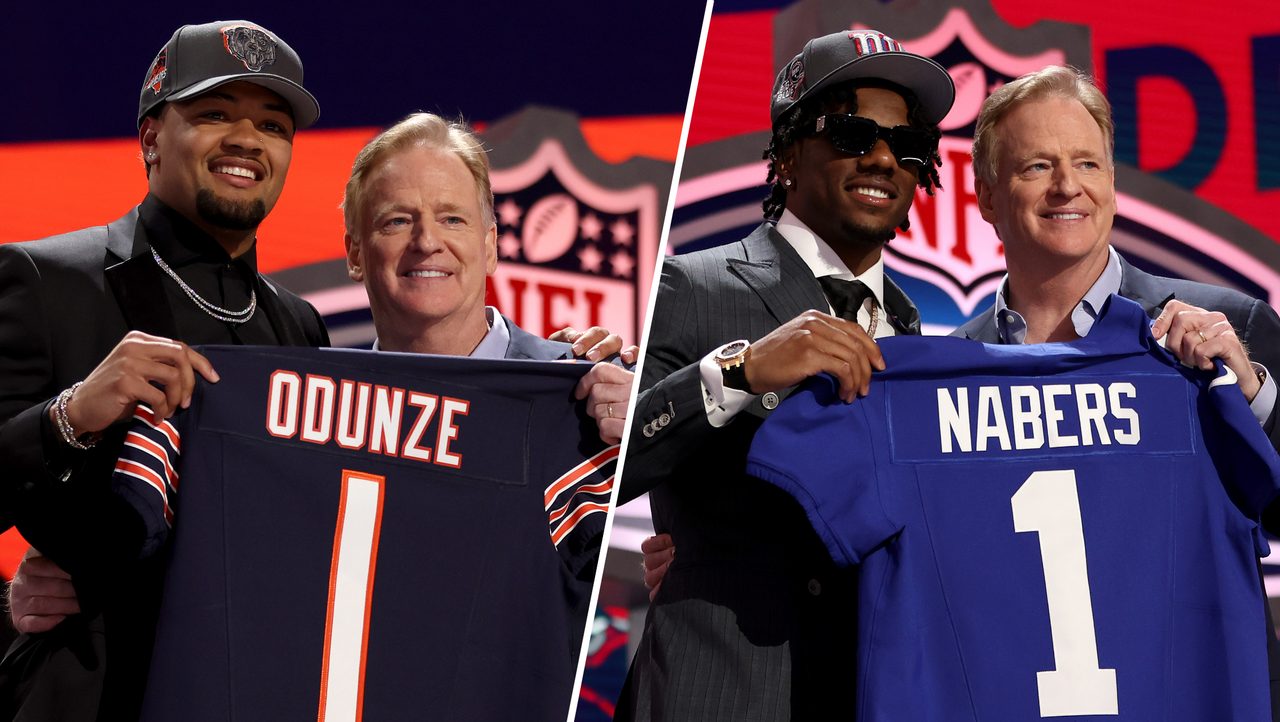
For those of us who choose to cover the NHL, there are three times of year when interest in the game becomes most intense. For starters, there's the beginning of the season, when hope springs eternal for fans of all 30 teams. Thencomes the start of the Stanley Cup Playoffs, where fans of all 16 teams that qualify for the postseason tournament are allowed to dream just one more time about winning the Cup.
But nestled just a few weeks before that comes what has to be considered the most important day in the regular season calendar: the trade deadline. For all hockey fans, the trade deadline is a lot like an early Christmas. For fans of the buyers, there's thinking about how a new acquisition might represent the final piece in the puzzle to win a Stanley Cup. For the sellers, the trade deadline represents the wages of a lost season, with hopes that the bounty obtained in return for a veteran player might lead to a better tomorrow.
So, as we close in on the deadline set to expire on Wednesday March 4 at 5:00 p.m. EST, it probably makes sense to look back at the deadline deal in 1980 that more or less set the stage for the frenzy that started it all.
It's been almost 30 years since that quintessential deadline deal. For those of you too young to remember, and I'm guessing that's most of you, it came in the Spring of 1980 when New York Islanders General Manager Bill Torrey decided that his team, one that had been knocking on the door of the Finals in four of the five previous seasons but now hovering only a few games over .500, was lacking some depth, grit and experience down the middle.
Looking back and seeing those four Stanley Cups in the display case on Long Island, it can be hard to remember just what sort of pressure Torrey was dealing with. By this point in time, the Islanders had already arrived as one of the league's great teams, but their coronation as one of the greatest teams of all time was long overdue.
Granted, it had only been eight seasons since the Islanders had joined the league as an expansion franchise in 1972, but Torrey was laboring under the burden of increased expectations. In three of the five seasons leading up to 1979-80, the young and promising Islanders had managed to fight their way to the semifinals, with the most recent heartbreak coming in the form of a six-game loss to the New York Rangers in the 1979 playoffs.
Sports
Simply put, the locals were impatient. And in an era where players were considered to be on the downside of their careers once they hit 30, plenty of folks around the NHL, including their fans on Long Island, wondered out loud as to whether or not the window for success was closing on the franchise, as incredible as that may seem today.
So with the Islanders safely in playoff position, but hardly considered a contender in a season where the Philadelphia Flyers were the most dominant team, Torrey went to work. After being rebuffed by the Toronto Maple Leafs when he attempted to acquire the rights to Dave Keon, Torrey shipped winger Billy Harris and defenseman Dave Lewis to the Los Angeles Kings in exchange for gritty two-way center Butch Goring.
Looking at Goring, it's safe to say that he really served as the prototype for all great deadline acquisitions going forward. After all, what's the use of striking out while swinging for the fences when a nice level and compact swing might yield a screaming line drive and a double into the gap?
No, Goring wasn't a superstar, but he was as solid a two-way player as there was in the NHL at the time. A veteran with better than 10 NHL seasons under his belt, Goring was the kind of player who could walk into an Islanders locker room filled with future Hall of Famers and still command instant respect. And as former Islanders defenseman Denis Potvin said in a recent interview, there were other intangibles as well, most important of which might have been Goring's sense of humor, one that helped keep his younger teammates loose when the pressure kept racheting higher and higher.
With Goring established as a clear second line center behind Bryan Trottier, the Islanders only lost twice the rest of the season, going 10-2-6 down the stretch. Come playoff time, the Islanders were never seriously tested, as none of their four series with Los Angeles, Boston, Buffalo or Philadelphia went to the limit on their way to the first of four Stanley Cups. Even better, Goring kept on paying dividends. In 78 playoff games over those four championships, Goring had 27 goals and 35 assists while picking up a Conn Smythe Trophy as playoff MVP in 1981.
So as you monitor the news wires this week to see what your favorite team comes how with, don't be disappointed if your team doesn't manage to land the biggest fish in the sea. It might just turn out that someone far less heralded might be the one who strikes the blow that turns into a Stanley Cup parade. Or four.
Every Monday morning The Ice Sheet will take a close look at everything that's happened in the NHL since Friday night at 5:00 PM -- or if need be, anything else the author wants to bleat about. To read them all, click here.
The Ice Sheet: Looking Back at the Deal that Started it All originally appeared on NHL FanHouse on Mon, 02 Mar 2009 07:00:00 EST . Please see our terms for use of feeds.
Permalink | Email this | Linking Blogs | Comments




